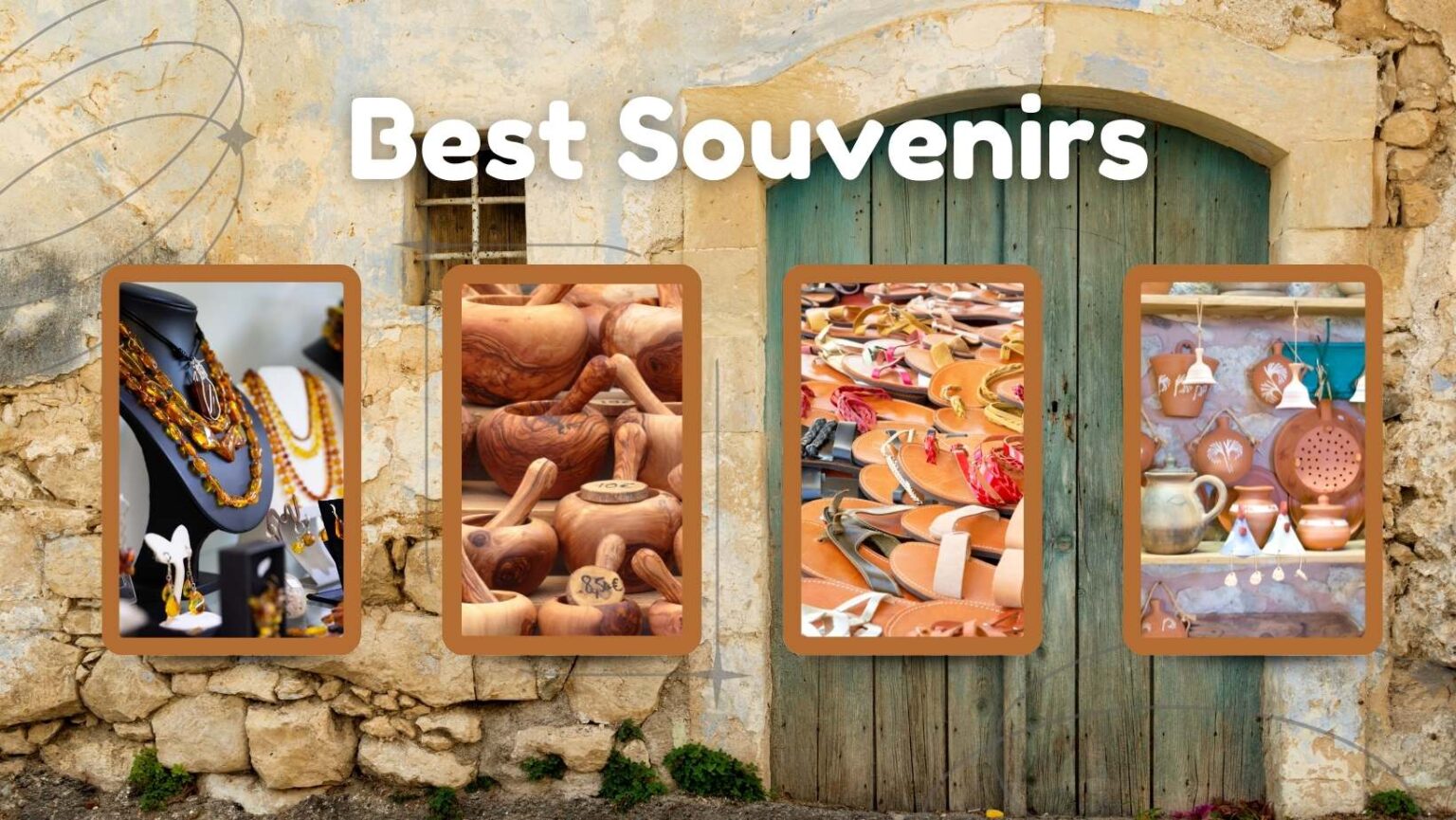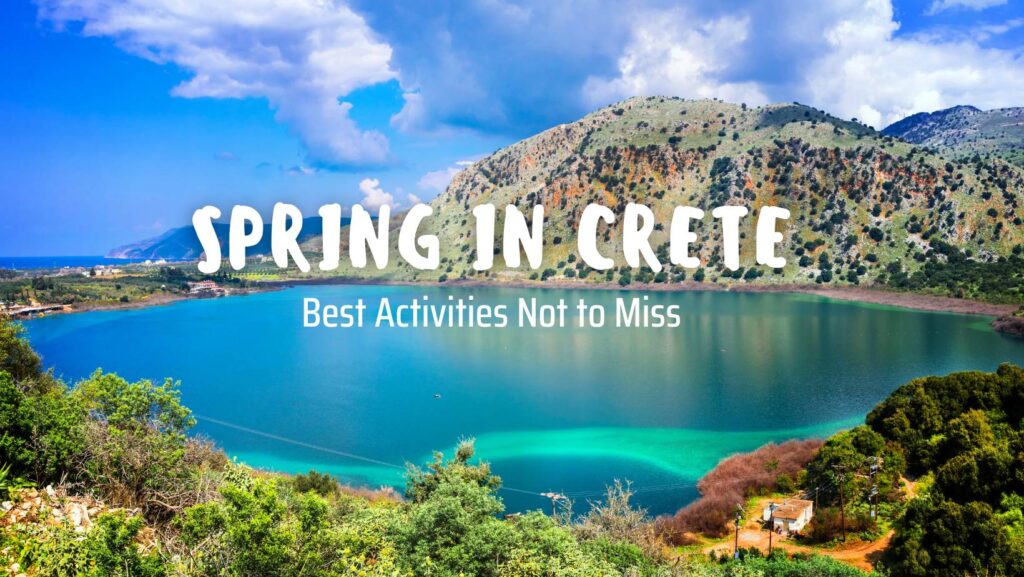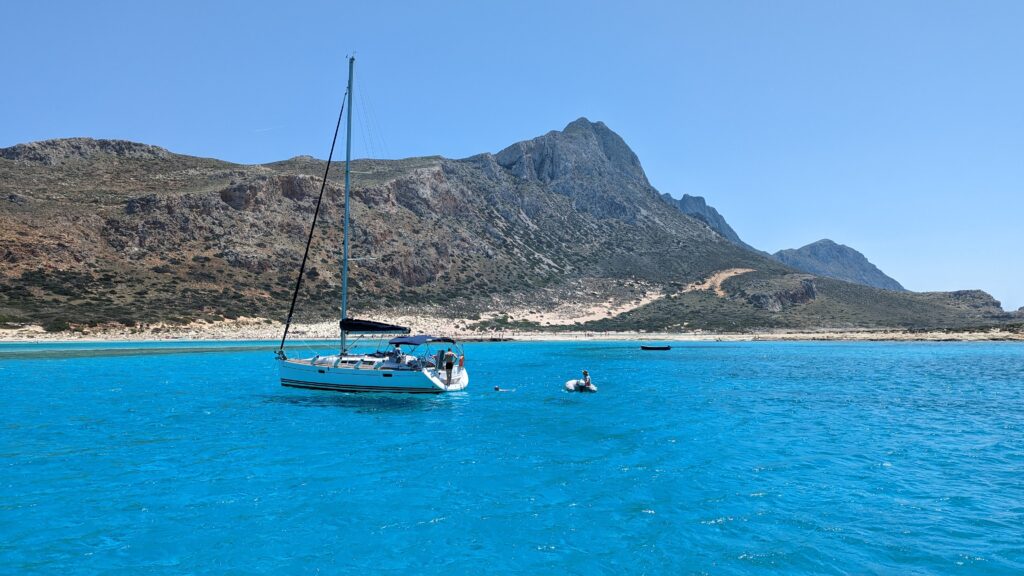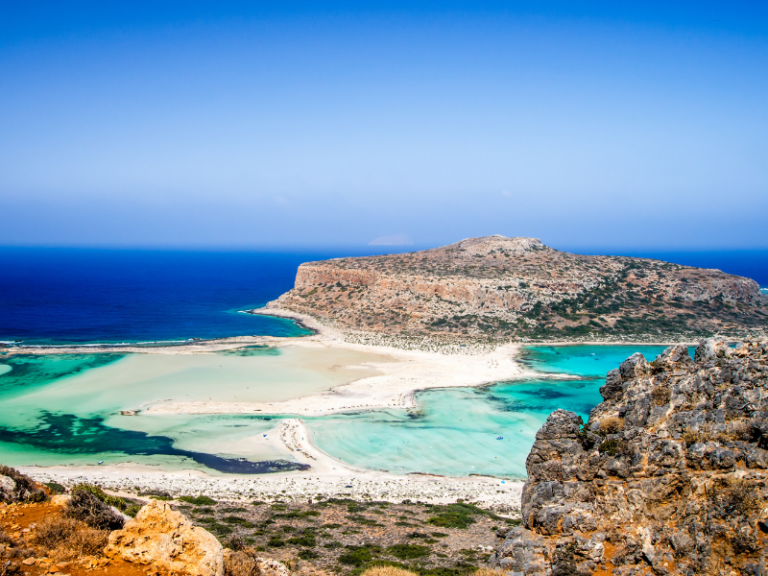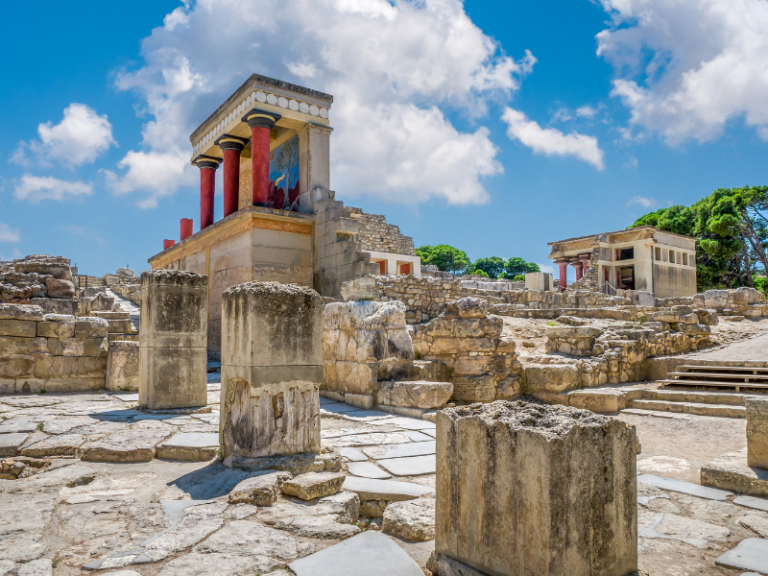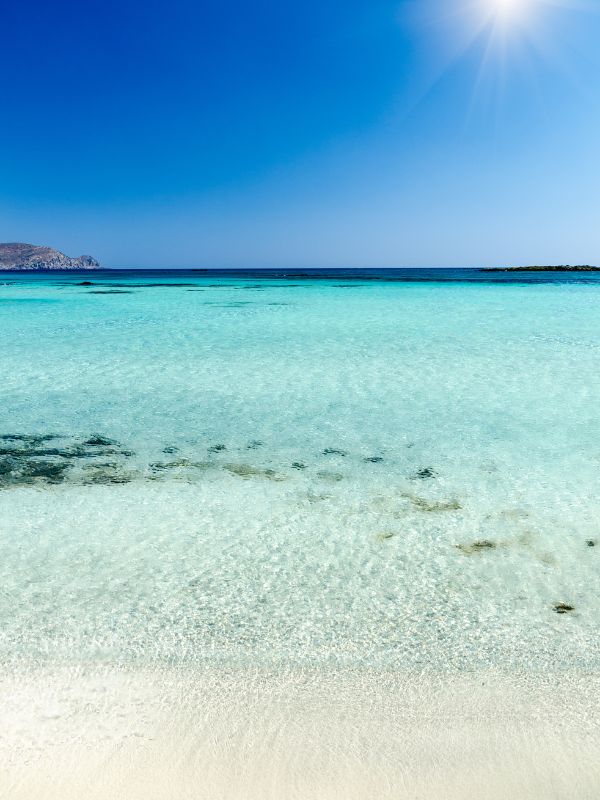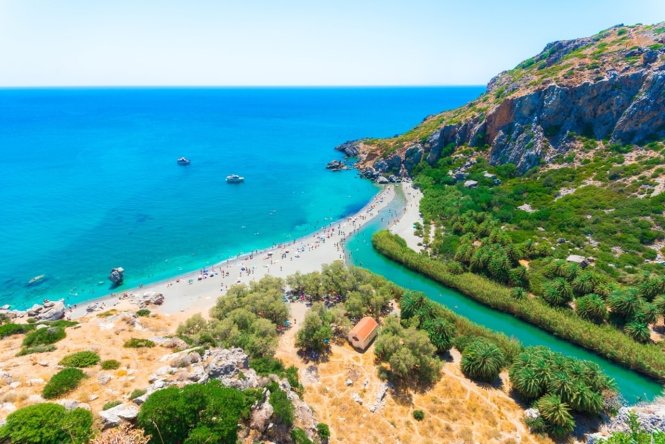10 Best Souvenirs from Crete: Authentic Products to Take Home
- Posted 2 weeks ago
- Shopping
Table of Contents
Souvenirs from Crete are a delightful aspect of holiday shopping on the island, where you can explore a wide range of items. From high-quality, pricier options to essential refrigerator magnets, there’s something for everyone. While many shops carry mass-produced products, wandering into the narrow streets of the old towns reveals local workshops brimming with unique wonders. Prices vary, and you’ll likely find room to negotiate during off-peak times, making the hunt for that perfect memento even more rewarding.
Best Souvenirs from Crete to Remember Your Vacation on the Island!
1. Traditional Cretan Olive Wood Objects
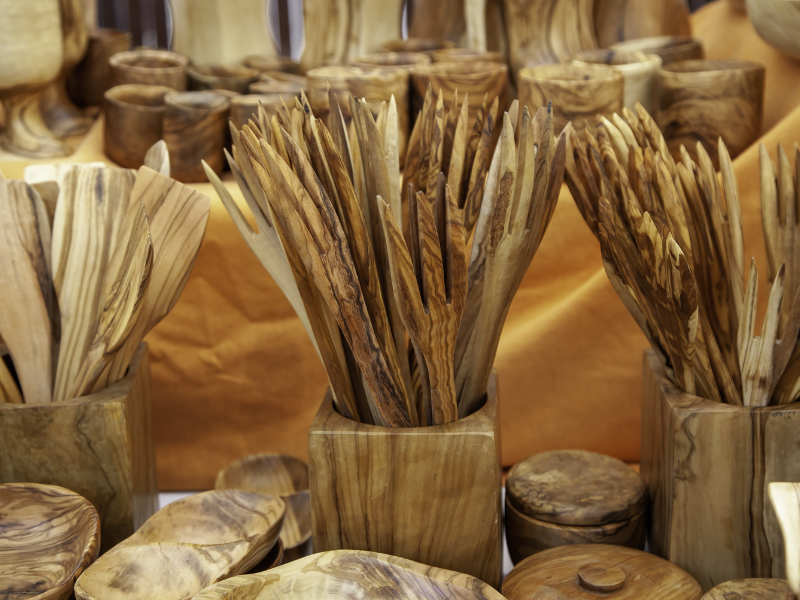

Branches cut during annual tree cleaning activities or dry tree trunks are used to create various decorative objects: cutting boards, kitchen items, napkin rings, and candle holders. Cutting boards should be made in one piece. Larger items require a lot of work and wood preparation, so you won’t find them at low prices. You can find these products at any souvenir shop across the island. Their high quality is evident from the silky-smooth surface and the natural aroma, which comes from the Cretan Olive oil finish applied to the local wood.
2. Leather Accessories in Crete
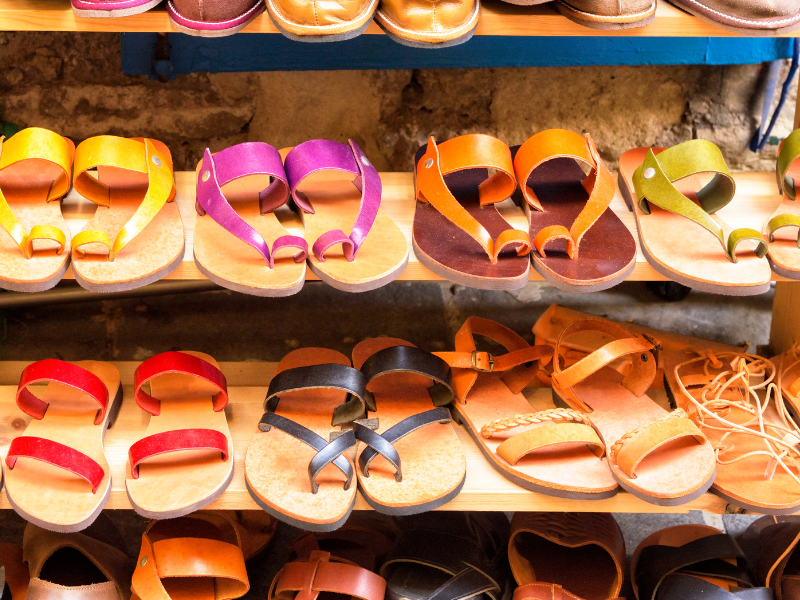
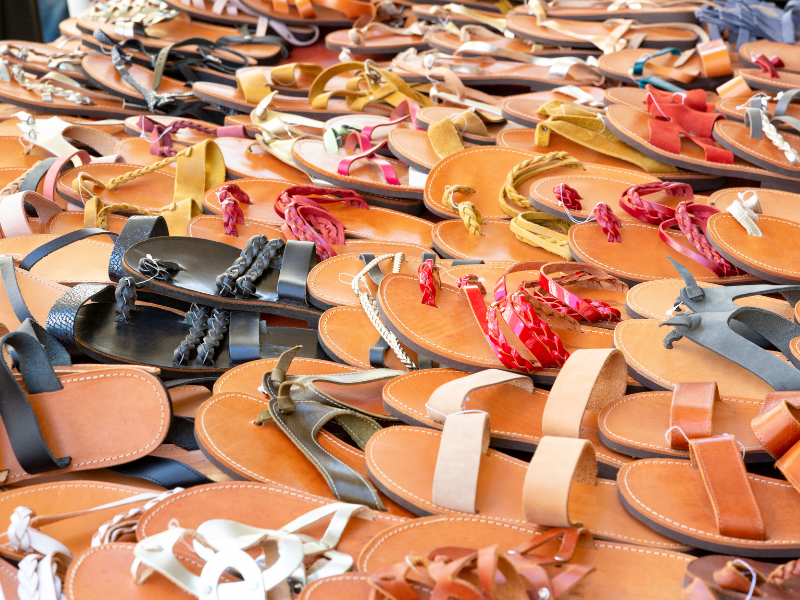
You will find many leather accessories in Crete: bags, handbags, travel bags, sandals and belts. Try the shops on Skrydlóf Street in Chania to get an idea of the quality and prices.
Traditional leather sandals (with low soles and leather straps) are still sold on the streets of Réthymno and Chania. There is also a workshop in Kritsá, but mass-produced footwear has almost completely replaced them. You can also buy a pair of stivánia, shepherd’s leather boots – long, close to the knee and with a thick sole. They are guaranteed to last for many years. The boots are handmade and must be preordered; they will take about a week to be ready.
3. Traditional Cretan Food: Olive Oil, Honey, Local Herbs
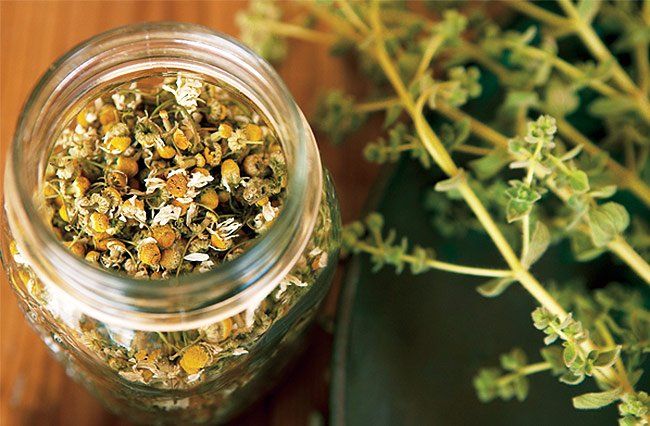

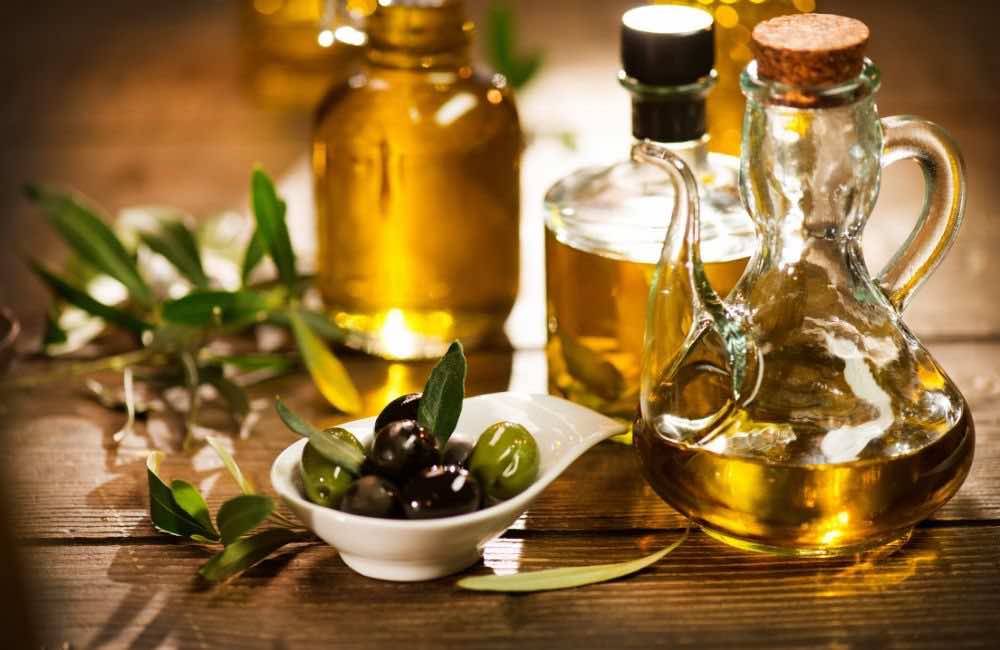
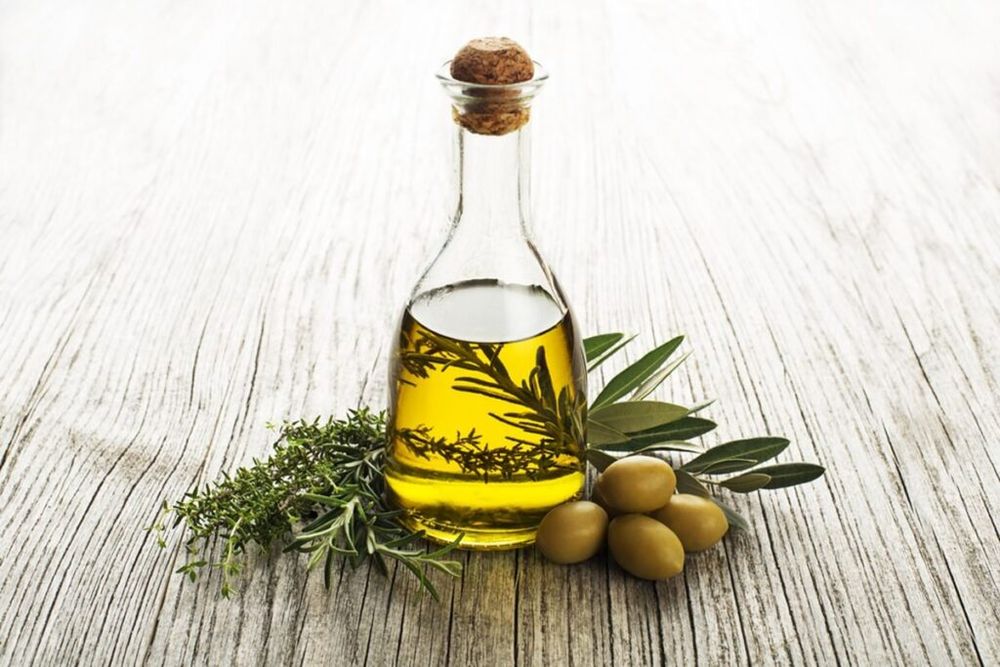
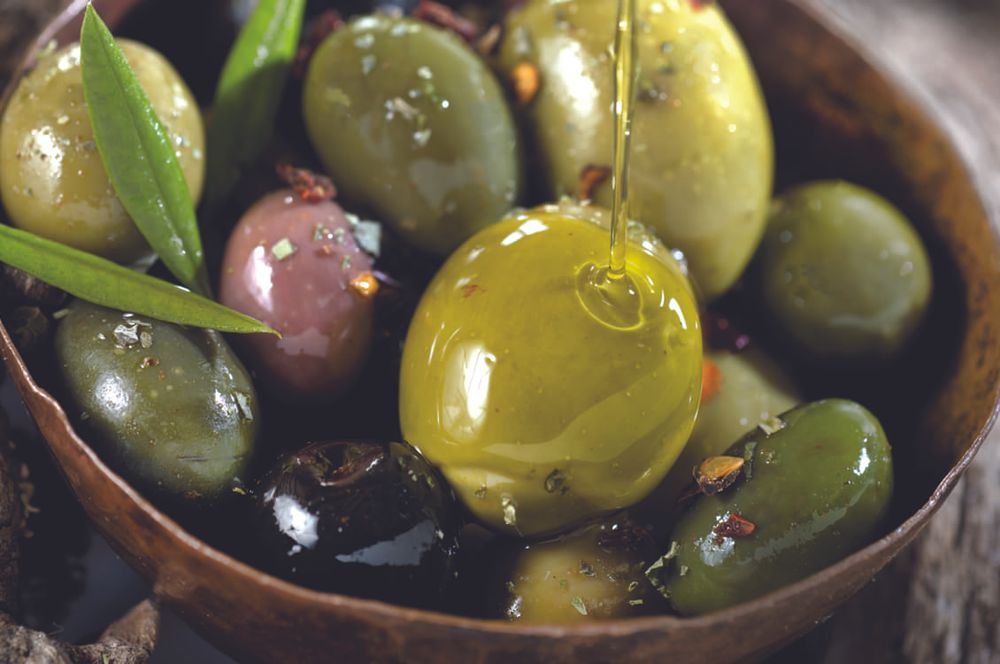
Olives and Extra Virgin Olive Oil are by far the most exciting gifts for those at home; the ones here are considered the best in Greece. Cold-pressed oils from Sitía, Toploú and Agía Triáda are especially recommended.
Honey is also in the first place in the Cretan diet; infused with herbs and flowers, it has a unique aroma.
Lots of herbs grow on the hills of Crete; locals pick them, dry them and prepare them to be bought and used in kitchens around the world. Basil, thyme and oregano are the most common, sold in small textile bags. Dictamnus (díktamos) has been used in tea for hundreds of years, as well as Salvia (faskomiliá) and Sideritis (malotíra).
4. Cretan Raki / Tsikoudia
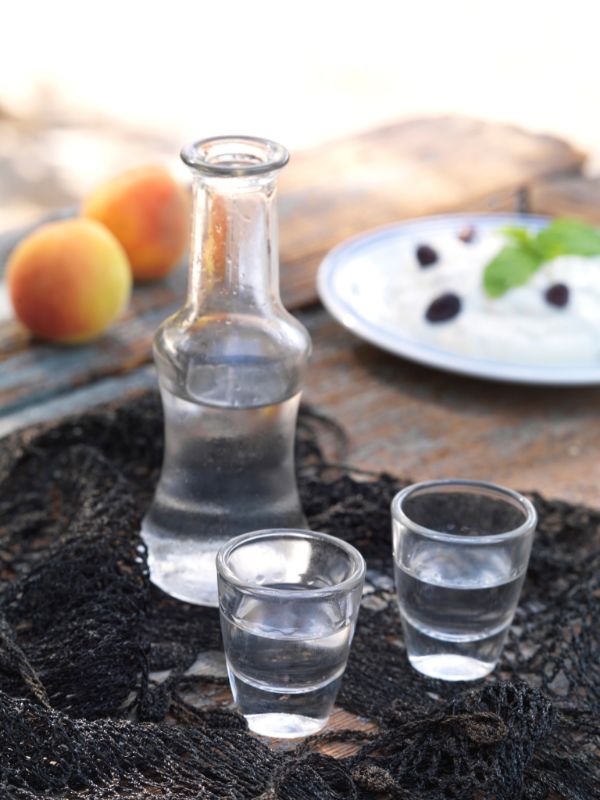
Typically served at the end of a meal in Crete, Raki is a beloved local beverage. This potent and flavorful liquor, distilled from the grape remnants left after wine production, bears a resemblance to Italian Grappa. Bringing a bottle home can extend the flavors of your holiday into your daily life.
In Crete, Raki is more than just a drink; it is a symbol of social bonding, hospitality, and generosity. Often considered the national beverage of the Cretan people, Raki is traditionally offered after meals and is readily available for consumption, reflecting its integral role in Cretan culture and social interactions.
5. Clay and Ceramic Objects

Given the importance of pottery in the history of Crete, it is not surprising that it is still highly prized on the island. You can find from most miniature objects to large garden pieces. Some are enamelled, some are not, but the blue Chania enamel is among the most beautiful. Traditional drawings have a marine theme, Minoan elements and Greek mythological motifs. There are also modern abstract objects, especially in Chania, in avant-garde galleries. At Margarítes, you can see the potters at work in their workshops.
6. Cretan Dagger and Antiques
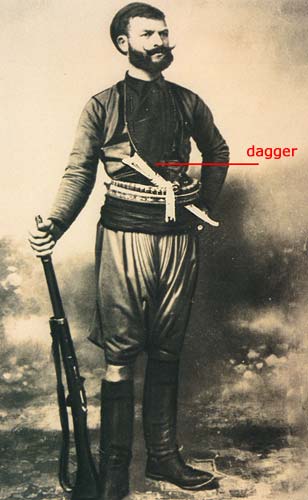
Handmade, Cretan daggers are made by craftsmen from Réthymno and Chania. Stainless steel blades are fastened to olive wood handles, usually inscribed with mantináda (a couplet). One of the best traditional knifemaking districts (Maherádika) is in Chania, O Armenis at Sifáka 14, owned by Michail Pakhtikos. On Sifáka no. 18, a few steps away is the best antique shop, Tzangarakis, specializing in copper objects.
7. Cretan Textiles
Sheep’s and goat’s wool is hand-woven to produce a material called yfandá, which is used to tailor clothes, but also carpets and rugs. Nowadays, weaving machines are used a lot more, but you can still find handmade things. Bright colours indicate the use of synthetic paint, while colours in pastel shades are given by natural dyes. The price difference is one of the elements that will tell you, without a doubt, are in the first category and which are in the second.
Dolphins and fish are the most used drawings, along with stylized figures of Greek goddesses. The most interesting fabrics are probably found in Kritsá and Anógia, near the Dictean cave in Lasíthi and, of course, in Chania. The only traditional weaver on the island is Mihalis Manousakis, whose shop is located in Roka (Zampelíou no. 61) in the area of the Venetian port of Chania. Tophanás district is the perfect place to hunt antiques, which are not cheap at all. The owner admits that he also sells copies in addition to authentic ones.
If textiles do not appeal to you, then you can turn your attention to embroidery: you have at your disposal beautifully embroidered tablecloths and napkins. Again, handmade ones are more beautiful but more expensive, but this is an endangered craft, so it is increasingly difficult to find them. The Center of Traditional Folk Art and Culture on Skoufón Street no. 20 in Evraïkí, Chania, sells a number of outstanding modern embroideries.
8. Art and Icons
Artists have been coming to Chania since the 1960s, which has left a significant mark on the quality of art that can be bought here (much higher than in other parts of the island). In the Evraïkí district, there are several large galleries exhibiting works by local and international artists. Religious icons or portraits are still significant in Cretan art due to their importance in the Orthodox Church.
For centuries, the icons have been important souvenirs for tourists from all over Europe, especially those coming on pilgrimage. However, due to modern techniques, which use bright synthetic colours, they have lost their charm. In recent years, there has been a return to traditional methods of painting icons, both for the reconstruction of those in churches and for sale. Most monasteries in Crete have copies of famous Icons for purchase, but you can also find them in jewellery stores.
9. Cretan Jewellery

Gold and silver jewellery are sold by weight, without the addition of processing being too large, so they can be considered relatively cheap from this point of view. You will find necklaces, bracelets, rings and earrings with ancient Minoan patterns, with or without precious stones. Kahraman Komboloi & Jewelry store in old Port Chania has the widest selection of solid amber in collectable Komboloi and unique handmade jewellery. It offers mostly collections of handmade Komboloi made from rare materials, such as Kahraman, red Egyptian faturan, mastic, yusuri, etc. but you will also find more economical solutions from mineral stones, wood, bone, horn, aromatics, etc.
10. Clothing Stores in Crete
When it comes to clothes for sunny days, you will find everything you want in Crete, so if you didn’t go shopping before leaving home, do not worry. Large city stores offer a wide range of clothing, including international brands such as Zara and Benetton. Prices could be high by EU standards. There are discounts in the summer, starting at the end of July. At the beginning and end of the season, you can buy thin cotton sweaters for cool evenings.
Share your thoughts!
You might be also interested
The Top 8 Things to Do in Crete



- From
- €31.45


- From
- €30.6



